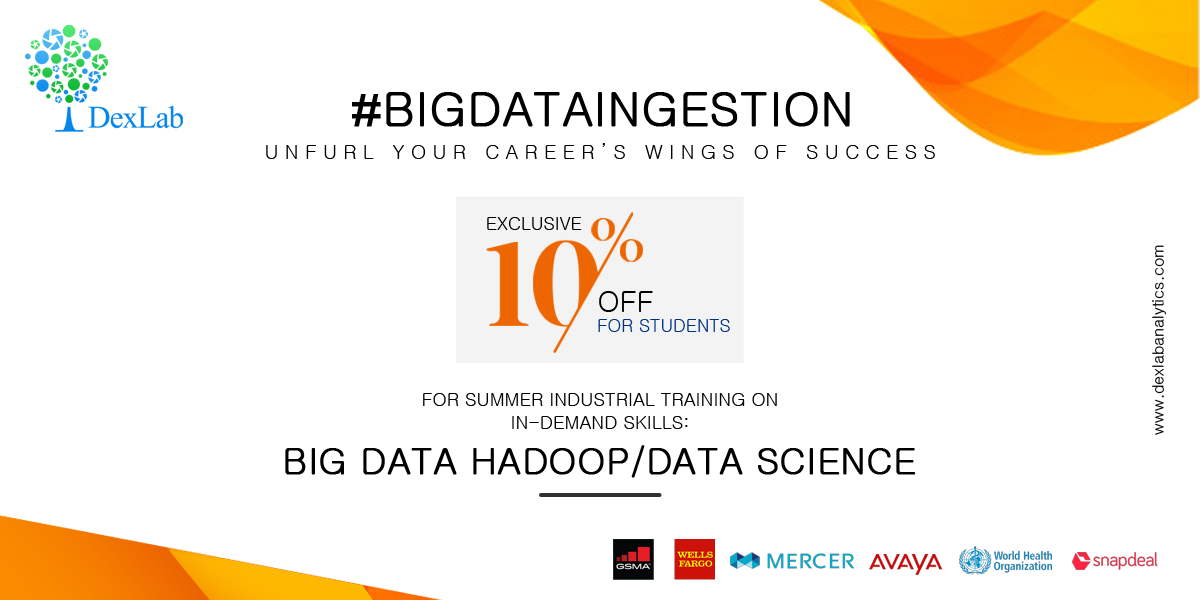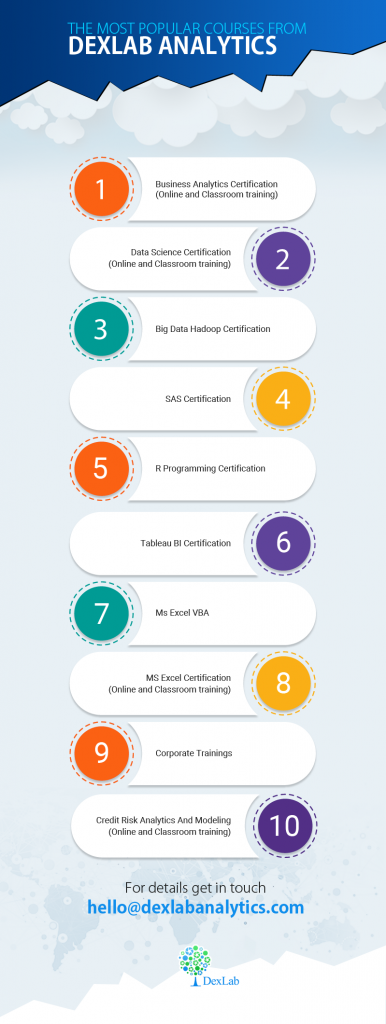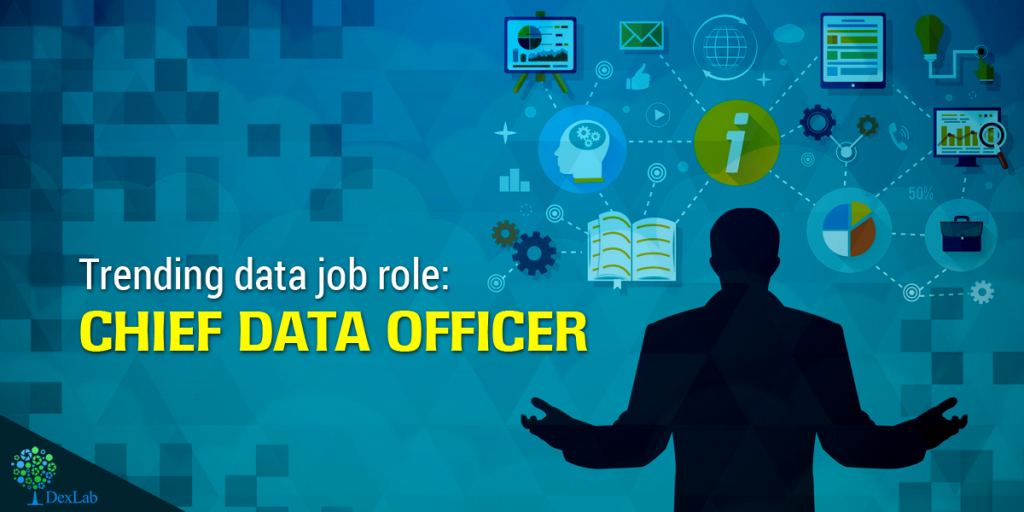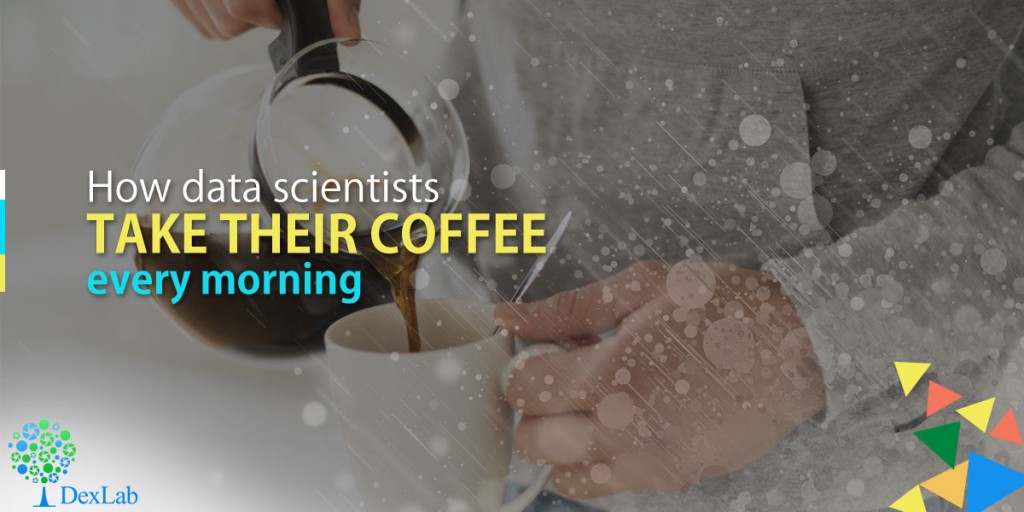
You may have passed your data science certification course with flying colours, but getting your first break in an analytical job role can be quite difficult. Did you know that more than 30 percent of top tier analytical firms evaluate and select their candidates on their ability to solving puzzles? After all this is the best way to determine that they are logical, with ample creative thinking abilities and are definitely pros at dealing with numbers (a skill must have for data personnel).
The companies are keen on hiring people who have the ability to bring a unique perspective in solving business problems. Such individuals are capable of to offer their hiring firms with a huge advantage over other candidates. But to garner such capabilities an individual must practice regularly with consistent efforts.
As fellow data analysts, we recommend that you develop a daily habit of solving puzzles. They are mental exercises which on disciplined training will help you to get better with time. When employed in a job role that involves having to deal with complex problems everyday such a skill will prove to be an asset.
Are you ready to work out your grey matter cells? Here are the most common puzzles asked at interviews for data science positions:
These questions have been asked to candidates at companies like Amazon, Google, Goldman Sachs, and JP Morgan etc.
Note: Try solving these problems on your own before checking the solution, and feel free to share your logic behind the solutions in the comments below. We are all ears eyes to see how unique someone’s mind can be!
Puzzle #1:
Blind game challenge:
You have been placed in a dark room, there is a table kept in the room. The table has 50 coins atop its surface, out of these 50 coins 10 coins have their tails side up and 40 coins have their heads side up. Your task is to divide this set of 50 coins into 2 groups (not necessarily of equal size) so that both the groups have equal numbers of coins with the tails side up.
Solution #1:
The coins should be divided into two groups one with 40 coins and one with 10 coins, then flip all the coins in the group with 10 coins.
Puzzle #2:
Bag of coins problem:
You have been given 10 bags full of coins; each bag comes with an infinite number of coins. But there is a twist, one of the bags is full of forged coins but sadly you do not remember which one it is. But you do know that the weight of the real coins are 1 gram and those which are forged are 1.1 gram. Your task is to identify the bags in minimum readings with a digital weighing machine that has been provided with you.

Solutions #2:
You need to take 1 coin from the first bag, 2 coins from the second bag, and 3 coins from the third bag and so on and so forth. Eventually you will end up with 55 coins in total (1+2+3+4+…10). The next step is to weigh all the 55 coins together. You can identify which bag has the forged coins based on the final reading of the weighing machine. For instance, if the reading ends with 0.4 then it is the fourth bag with forged coins. And if it comes 0.7 then it is the 7th bag with the forgeries.
Puzzle #3:
The Sand timer trouble:
You have two hourglasses or sand timers one of which can show 4 minutes and the next one can show 7 minutes respectively. Your job is to use both the sand times (either one at a time or simultaneously or in any other combination) and measure a time of 9 minutes.
Solution #3:
Step 1: start the 7 minute sand timer along with the 4 minute sand timer
Step 2: when the 4 minute sand timer ends turn it upside down instantaneously
Step 3: when the 7 minute sand time ends also turn it down at that instant
Step 4: when the 4 minute sand timer ends turn the 7 minute sand timer upside down and it will have 1 minute worth of sand in it
Thus, effectively 8 + 1 = 9
In closing thoughts:
Hope these questions were enough to get your brain rolling, while a lot of these questions may seem challenging to most of the people, but with a little out-of-the-box analytical thinking you will soon discover that they are not too difficult to solve.
If these questions were simple enough for you, we have plenty more with increasing difficulty. And if all these brain picking has left you overwhelmed to the peak and all you want is to solve real-world data problems, then follow our regular social media uploads advertising latest job openings in the field of data science.
DexLab Analytics is a premier data science training institute in Gurgaon that offers program centric courses. Their online certification course on data science is stellar, come check out the course itinerary now.

DexLab Analytics has started a new admission drive for prospective students interested in big data and data science certification. Enroll in #BigDataIngestion and enjoy 10% off on in-demand courses, including data science, machine learning, hadoop and business analytics.
Interested in a career in Data Analyst?
To learn more about Data Analyst with Advanced excel course – Enrol Now.
To learn more about Data Analyst with R Course – Enrol Now.
To learn more about Big Data Course – Enrol Now.
To learn more about Machine Learning Using Python and Spark – Enrol Now.
To learn more about Data Analyst with SAS Course – Enrol Now.
To learn more about Data Analyst with Apache Spark Course – Enrol Now.
To learn more about Data Analyst with Market Risk Analytics and Modelling Course – Enrol Now.









